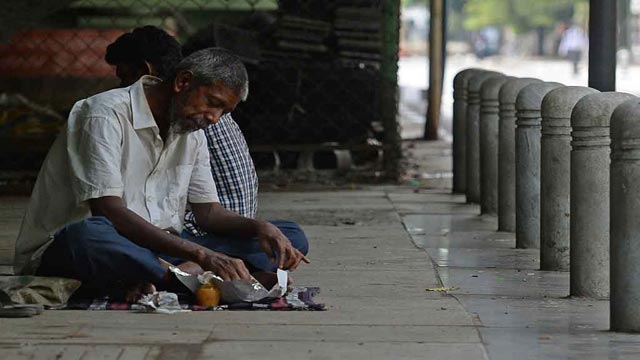Around 76% of Bangladeshis cannot afford healthy food, according to a recent report.
A Bangladeshi has to spend an average of Tk276 to buy healthy food daily, according to a report titled "The State of Food Security and Nutrition in the World 2022.”
The report was published jointly by the Food and Agriculture Organization, International Fund for Agricultural Development, Unicef, World Food Program and World Health Organisation.
According to the report, in 2017 the percentage of people not being able to afford healthy food was 77.4 in Bangladesh. In 2022, the number has been reduced to 73%.
The survey found that among the South Asian countries, Nepal had the least capacity to buy healthy food, followed by Pakistan.
Sri Lanka and Bhutan were the top countries in the region to be able to afford a healthy diet while India was slightly better off than Bangladesh in this regard.
The survey found that 41.1% people of South Asia on average are unable to afford healthy food.
Moreover, almost 3.1 billion people could not afford a healthy diet in 2020, the report said, adding that it was 112 million more than in 2019.
The number reflect the inflation in consumer food prices stemming from the economic impacts of the Covid-19 pandemic and the measures put in place to contain it.
Despite hopes that the world would emerge from the Covid-19 pandemic in 2021 and food security would begin to improve, world hunger rose further in 2021, the survey found.
The increase in global hunger in 2021 reflects exacerbated inequalities across and within countries due to an unequal pattern of economic recovery among countries and unrecovered income losses among those most affected by the Covid-19 pandemic
Globally in 2020, an estimated 22% of children under five years of age were stunted, 6.7% were wasted, and 5.7 percent were overweight.
Children in rural settings and poorer households, whose mothers received no formal education, were more vulnerable to stunting and wasting while children in urban areas and wealthier households were at higher risk of being overweight, the report reads.
It said that the challenges to ending hunger, food insecurity and malnutrition is steadily growing and the pandemic has highlighted the fragilities of the agrifood system as well as the inequalities t societies, driving further increases in world hunger and severe food insecurity.





